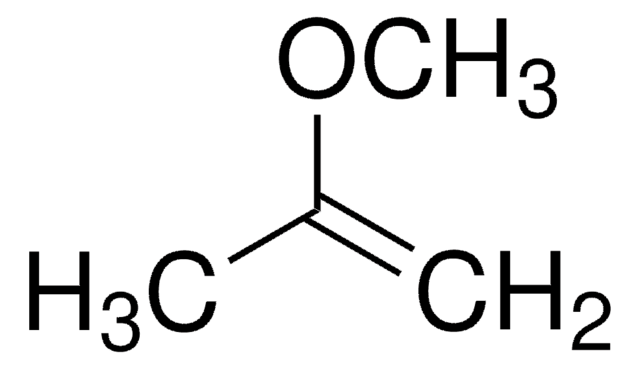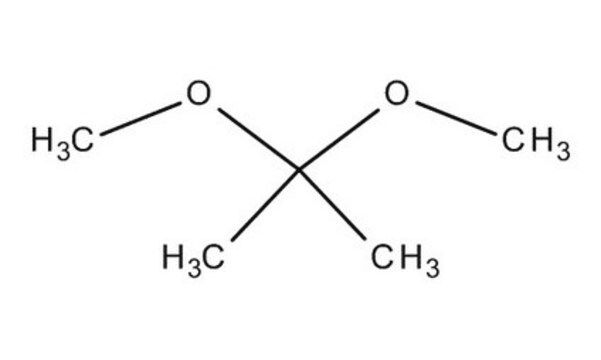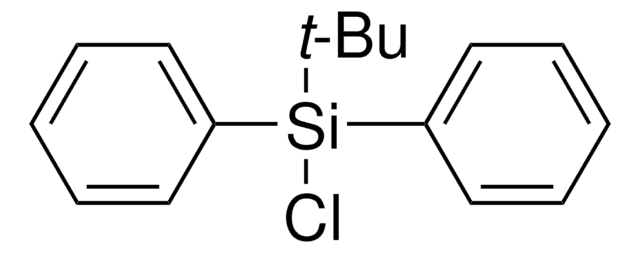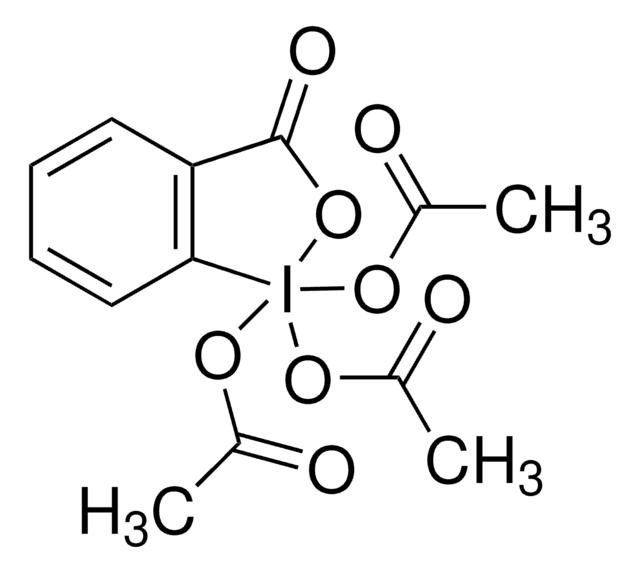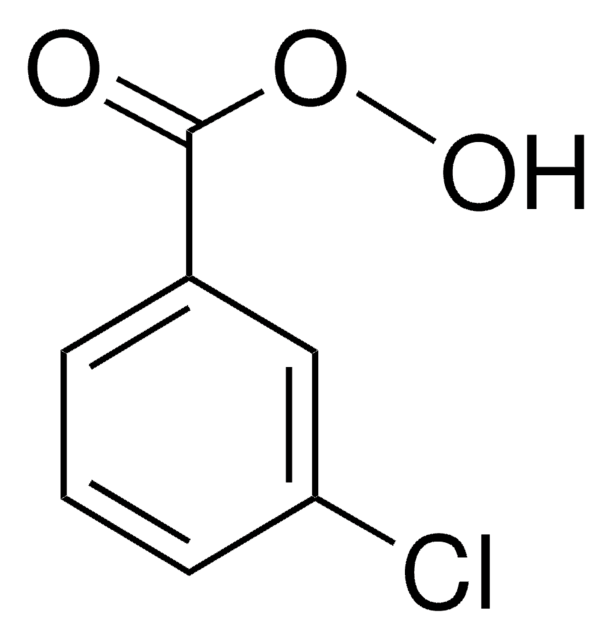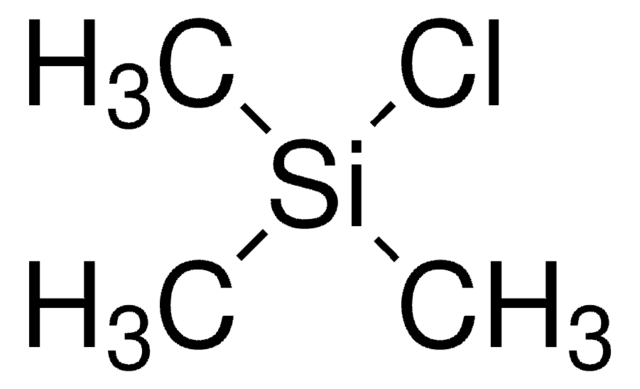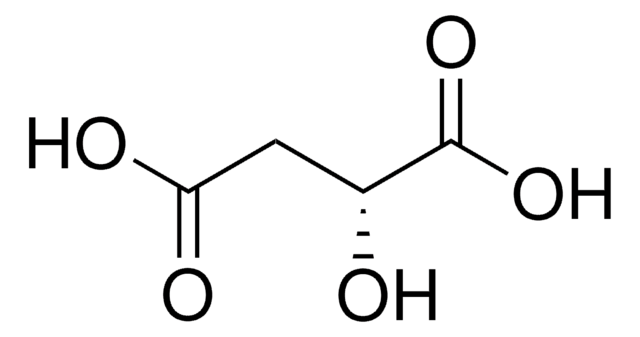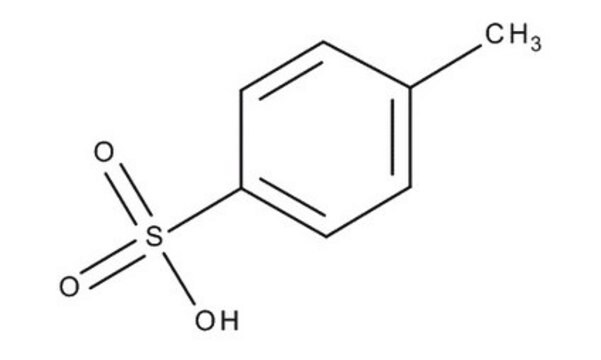D136808
2,2-Dimethoxypropane
reagent grade, 98%
Sinonimo/i:
Acetone dimethyl acetal
About This Item
Prodotti consigliati
Grado
reagent grade
Livello qualitativo
Densità del vapore
3.59 (vs air)
Tensione di vapore
60 mmHg ( 15.8 °C)
Saggio
98%
Forma fisica
liquid
Limite di esplosione
31 %, 58 °F
6 %, 27 °F
Indice di rifrazione
n20/D 1.378 (lit.)
P. eboll.
83 °C (lit.)
Densità
0.847 g/mL at 25 °C (lit.)
Gruppo funzionale
ether
ketal
Stringa SMILE
COC(C)(C)OC
InChI
1S/C5H12O2/c1-5(2,6-3)7-4/h1-4H3
HEWZVZIVELJPQZ-UHFFFAOYSA-N
Cerchi prodotti simili? Visita Guida al confronto tra prodotti
Descrizione generale
Applicazioni
Avvertenze
Danger
Indicazioni di pericolo
Consigli di prudenza
Classi di pericolo
Eye Irrit. 2 - Flam. Liq. 2
Rischi supp
Codice della classe di stoccaggio
3 - Flammable liquids
Classe di pericolosità dell'acqua (WGK)
WGK 2
Punto d’infiammabilità (°F)
14.0 °F - closed cup
Punto d’infiammabilità (°C)
-10 °C - closed cup
Dispositivi di protezione individuale
Eyeshields, Faceshields, Gloves, type ABEK (EN14387) respirator filter
Scegli una delle versioni più recenti:
Possiedi già questo prodotto?
I documenti relativi ai prodotti acquistati recentemente sono disponibili nell’Archivio dei documenti.
I clienti hanno visto anche
Protocolli
Explore how GC can be used to analyze fatty acids either as free fatty acids or as fatty acid methyl esters.
Il team dei nostri ricercatori vanta grande esperienza in tutte le aree della ricerca quali Life Science, scienza dei materiali, sintesi chimica, cromatografia, discipline analitiche, ecc..
Contatta l'Assistenza Tecnica.
